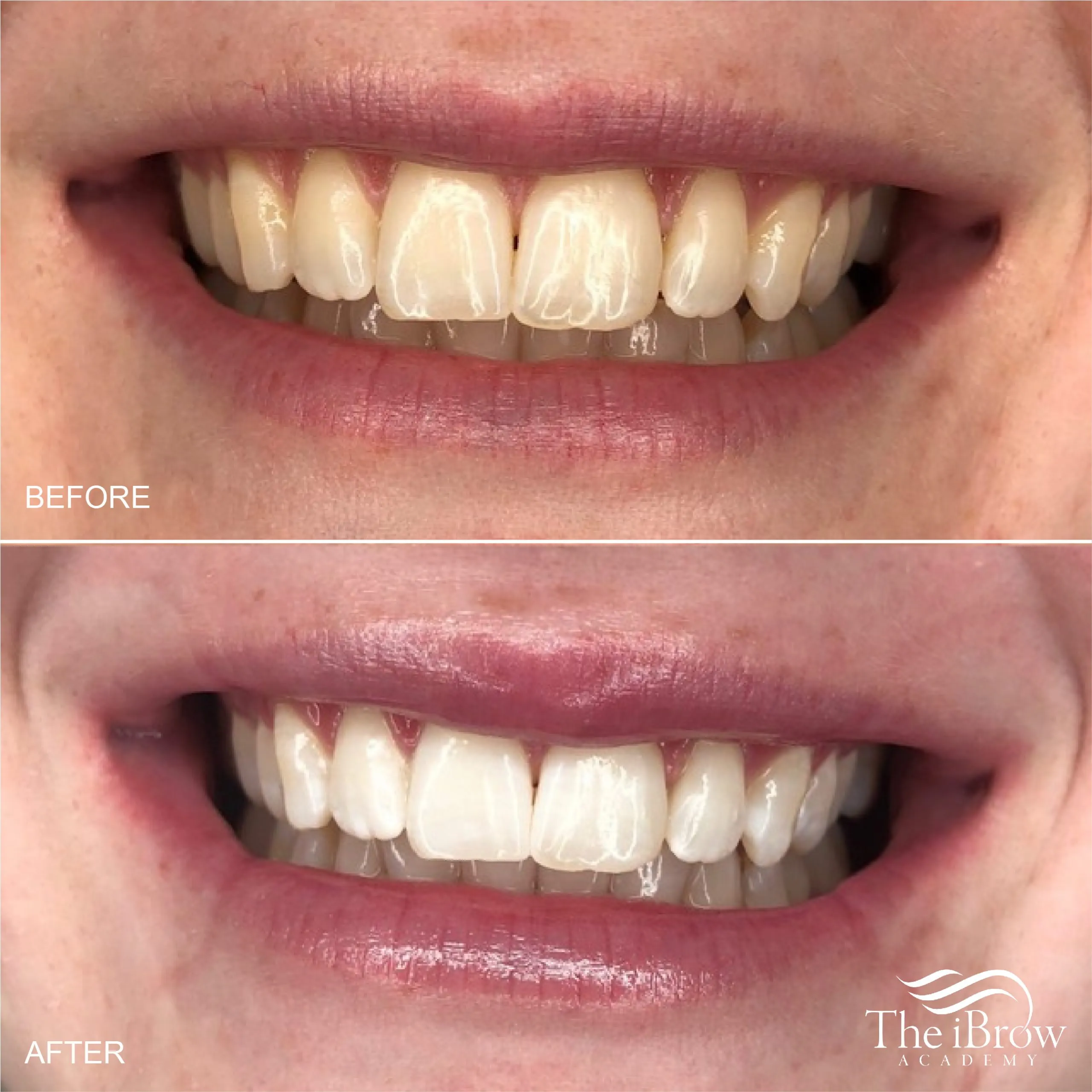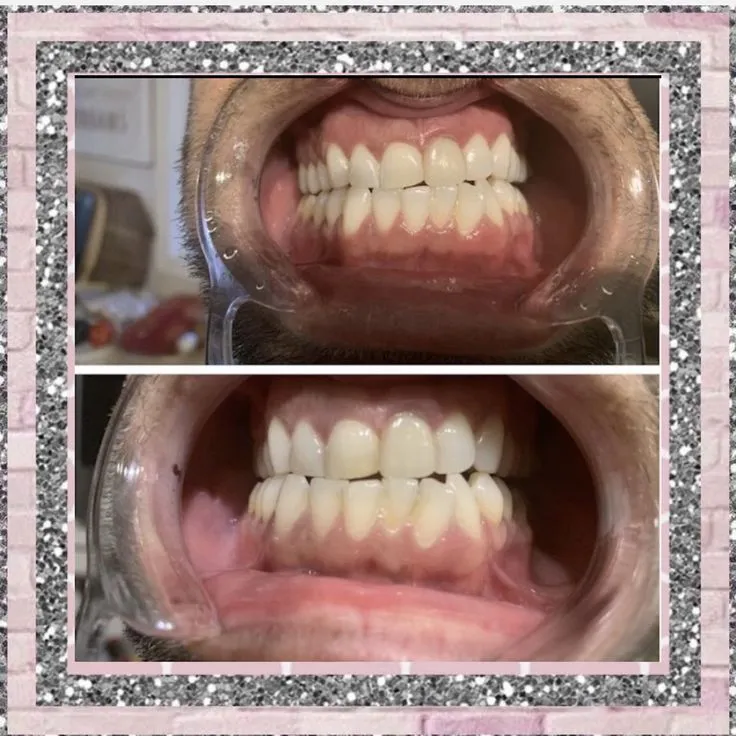What is Teeth Whitening Miles
Teeth whitening miles, in the context of this guide, represent the journey you undertake towards achieving a brighter, more confident smile. It’s a metaphor for the steps, the methods, and the commitment required to transform stained or discolored teeth into a radiant display. This guide is designed to navigate you through those miles, providing you with the knowledge and insights needed to make informed decisions about your teeth whitening journey. The goal is to help you understand the different approaches available, from professional treatments to over-the-counter products, and to guide you in achieving and maintaining optimal results. Every smile is unique, and understanding the different factors that contribute to discoloration, such as diet, lifestyle, and genetics, is essential in charting the best course of action.
Understanding the Teeth Whitening Process
The teeth whitening process involves removing stains and discoloration from the teeth to restore their natural whiteness. These stains can be intrinsic, originating from within the tooth structure, or extrinsic, caused by external factors like food, drinks, and tobacco use. The primary active ingredients in teeth whitening products are typically hydrogen peroxide or carbamide peroxide, which break down into hydrogen peroxide when applied to the teeth. These chemicals penetrate the enamel and dentin, oxidizing the stain molecules and breaking them down, making them less visible. The effectiveness of the process depends on the concentration of the whitening agent, the duration of application, and the type of stains present. Regular dental checkups and cleanings are crucial for assessing oral health and ensuring the teeth are properly prepared for whitening treatments.
Types of Teeth Whitening Methods

Several teeth whitening methods are available, each offering different levels of convenience, cost, and effectiveness. These methods can generally be categorized into professional treatments performed by dentists and at-home treatments, including kits and over-the-counter products. Each approach has its own set of pros and cons, and the best choice depends on individual needs, preferences, and the severity of the discoloration. Professional whitening often provides faster and more dramatic results, while at-home options may be more cost-effective and convenient for maintaining results. Consulting with a dentist is essential to determine which method is best suited for your specific situation, taking into account factors such as the type of stains, the sensitivity of your teeth, and your overall oral health.
In-Office Whitening
In-office teeth whitening is performed by a dental professional, typically using a high-concentration bleaching agent. The dentist applies the whitening gel to the teeth and may use a special light or laser to accelerate the process, enhancing its effectiveness. This method offers the most dramatic and immediate results, often whitening teeth several shades in a single session. It’s a safe and controlled environment, with the dentist carefully monitoring the procedure to minimize potential side effects such as tooth sensitivity. The entire process usually takes about an hour and includes a thorough examination of the teeth and gums to ensure they are healthy enough for the treatment. The results are often long-lasting, and patients can maintain the whiteness with proper oral hygiene and occasional touch-up treatments.
At-Home Whitening Kits
At-home whitening kits typically involve custom-fitted trays and a bleaching gel, provided by your dentist. These trays are designed to fit your teeth perfectly, ensuring even distribution of the whitening agent and preventing leakage. You wear the trays for a specified amount of time each day or night, as directed by your dentist. The bleaching gel contains a lower concentration of hydrogen peroxide compared to in-office treatments, making it a more gradual process. At-home kits offer greater flexibility and convenience, allowing you to whiten your teeth on your own schedule. However, it’s crucial to follow the instructions carefully to avoid potential side effects such as tooth sensitivity or gum irritation. Regular checkups are recommended to monitor progress and address any concerns.
Over-the-Counter Products

Over-the-counter teeth whitening products, such as whitening strips, toothpastes, and mouthwashes, are readily available at most drugstores. These products contain lower concentrations of whitening agents and are designed for ease of use. Whitening strips are thin, flexible strips coated with a whitening gel that you apply directly to your teeth. Whitening toothpastes and mouthwashes contain mild abrasives and chemicals that help remove surface stains. While these products are generally safe, they may not provide the same dramatic results as professional treatments. They are often used to maintain the whiteness achieved with other methods or to remove minor surface stains. It’s essential to choose products that have been approved by dental organizations and to follow the instructions carefully to avoid any adverse effects.
Teeth Whitening Miles Benefits
The benefits of teeth whitening miles extend beyond aesthetics, significantly impacting a person’s confidence and overall well-being. A brighter, whiter smile can enhance self-esteem and make a positive impression in both personal and professional settings. Many studies have shown a correlation between a beautiful smile and increased social interactions. Teeth whitening can also reverse the effects of aging and the discoloration caused by foods and drinks, such as coffee, tea, and red wine. It can motivate individuals to practice better oral hygiene habits, as they strive to maintain their newly whitened smile. In addition to cosmetic benefits, teeth whitening, when done under professional guidance, can reveal underlying dental issues that may need treatment, thus promoting better oral health.
How to Maximize Your Whitening Results
To maximize the results of your teeth whitening journey, certain practices are crucial. Following post-whitening care instructions is essential. This involves avoiding staining foods and drinks for a specific period, typically a couple of weeks, after the treatment. Regular dental checkups and cleanings are also important to maintain your bright smile and address any underlying dental issues. Using a whitening toothpaste or mouthwash can help to sustain the results and remove surface stains. Consider using a straw when drinking staining beverages such as coffee or tea to minimize contact with your teeth. Avoiding smoking and tobacco products is crucial, as these can lead to significant staining and reverse the whitening process. Proper oral hygiene, including brushing and flossing regularly, is fundamental in maintaining your results.
Maintaining Your Bright Smile

Maintaining your bright smile involves a combination of diligent oral hygiene, regular dental visits, and lifestyle adjustments. Continue practicing good oral hygiene habits by brushing your teeth twice a day with a fluoride toothpaste and flossing daily. Schedule regular dental checkups and cleanings every six months to ensure your teeth and gums remain healthy. Limit your consumption of staining foods and beverages, such as coffee, tea, red wine, and berries. If you consume these items, brush your teeth or rinse your mouth with water afterward. Consider using a whitening toothpaste or mouthwash to help remove surface stains and maintain the brightness of your teeth. If needed, discuss touch-up treatments with your dentist to keep your smile looking its best. By following these practices, you can confidently travel the teeth whitening miles and keep your smile shining brightly for years to come.
